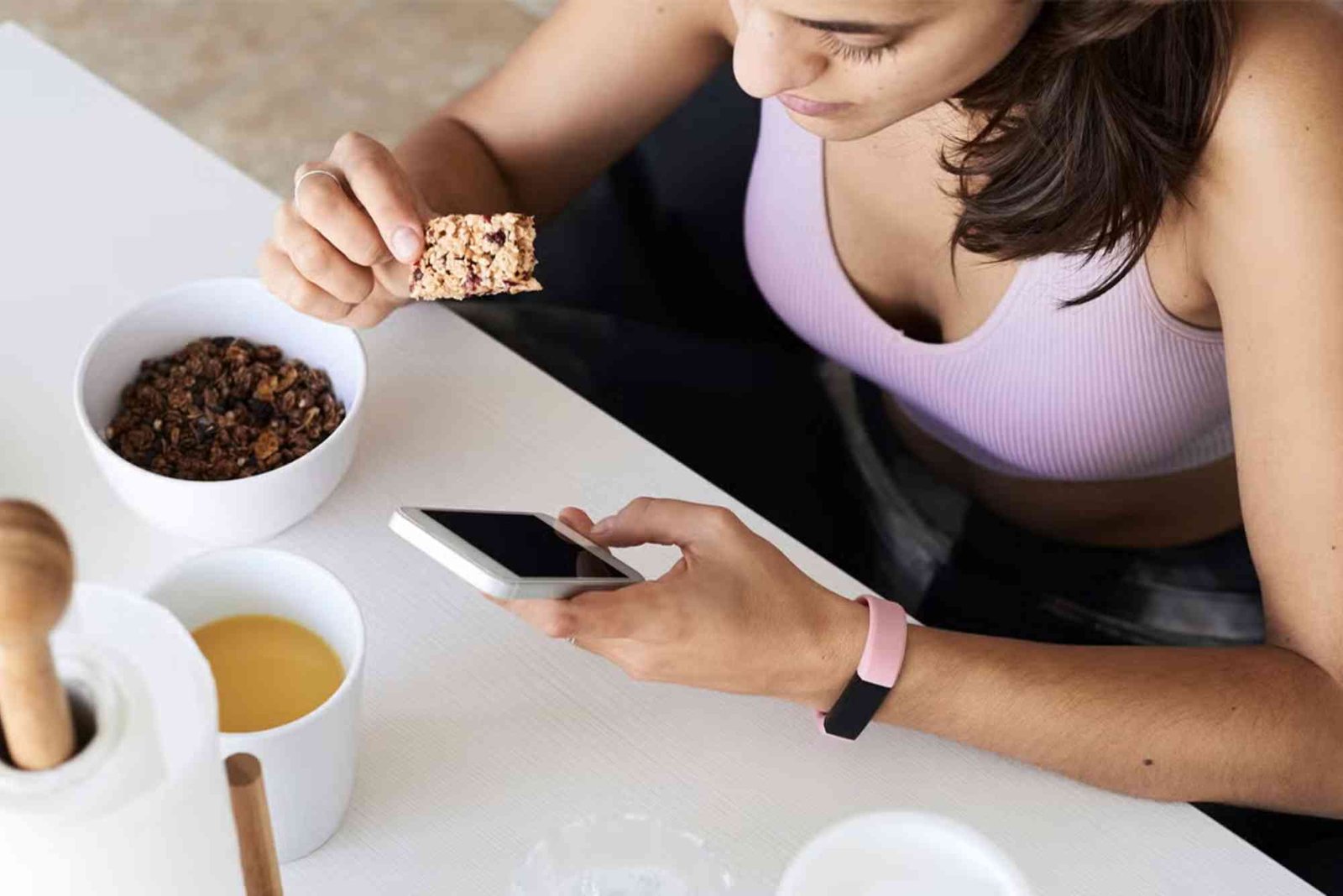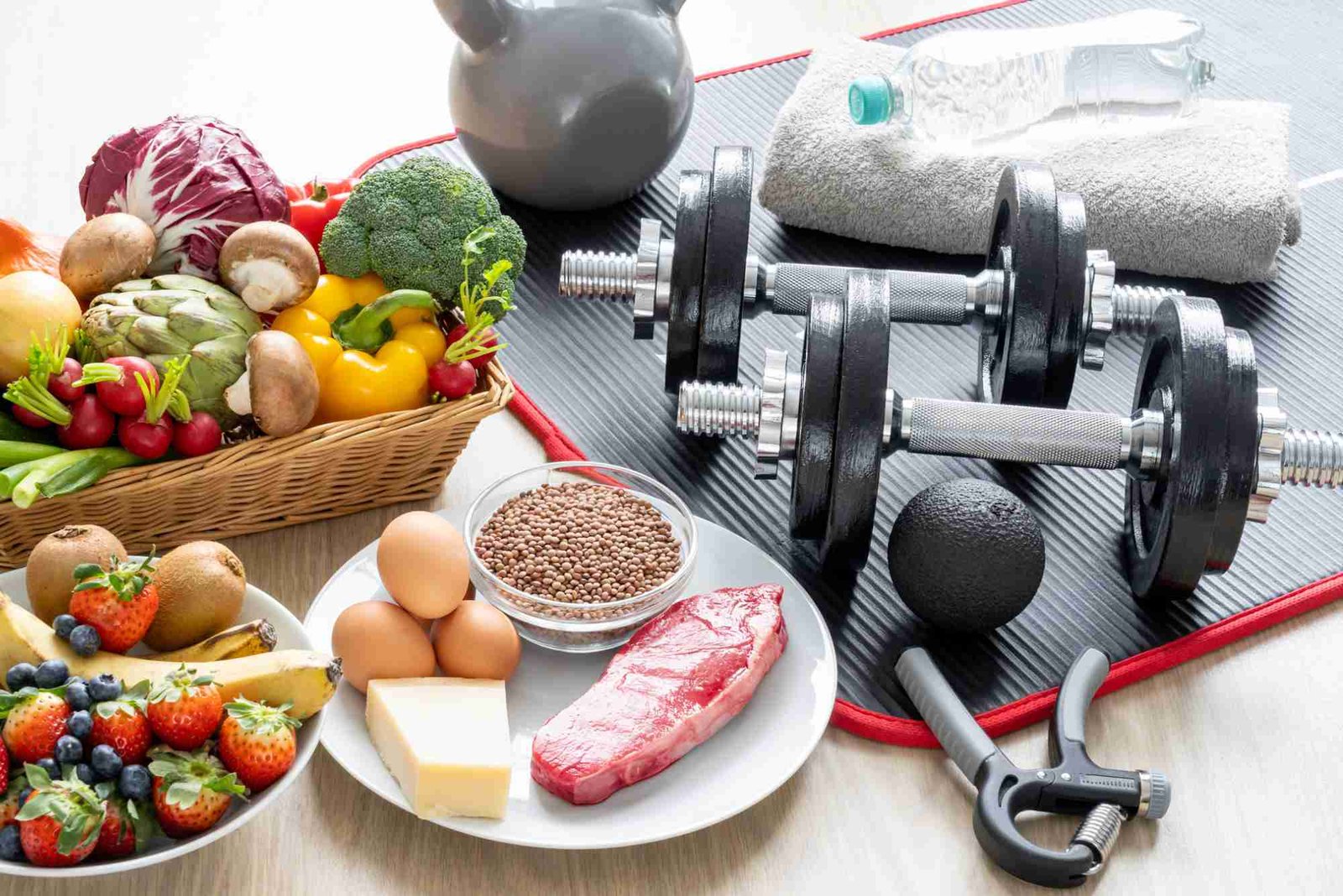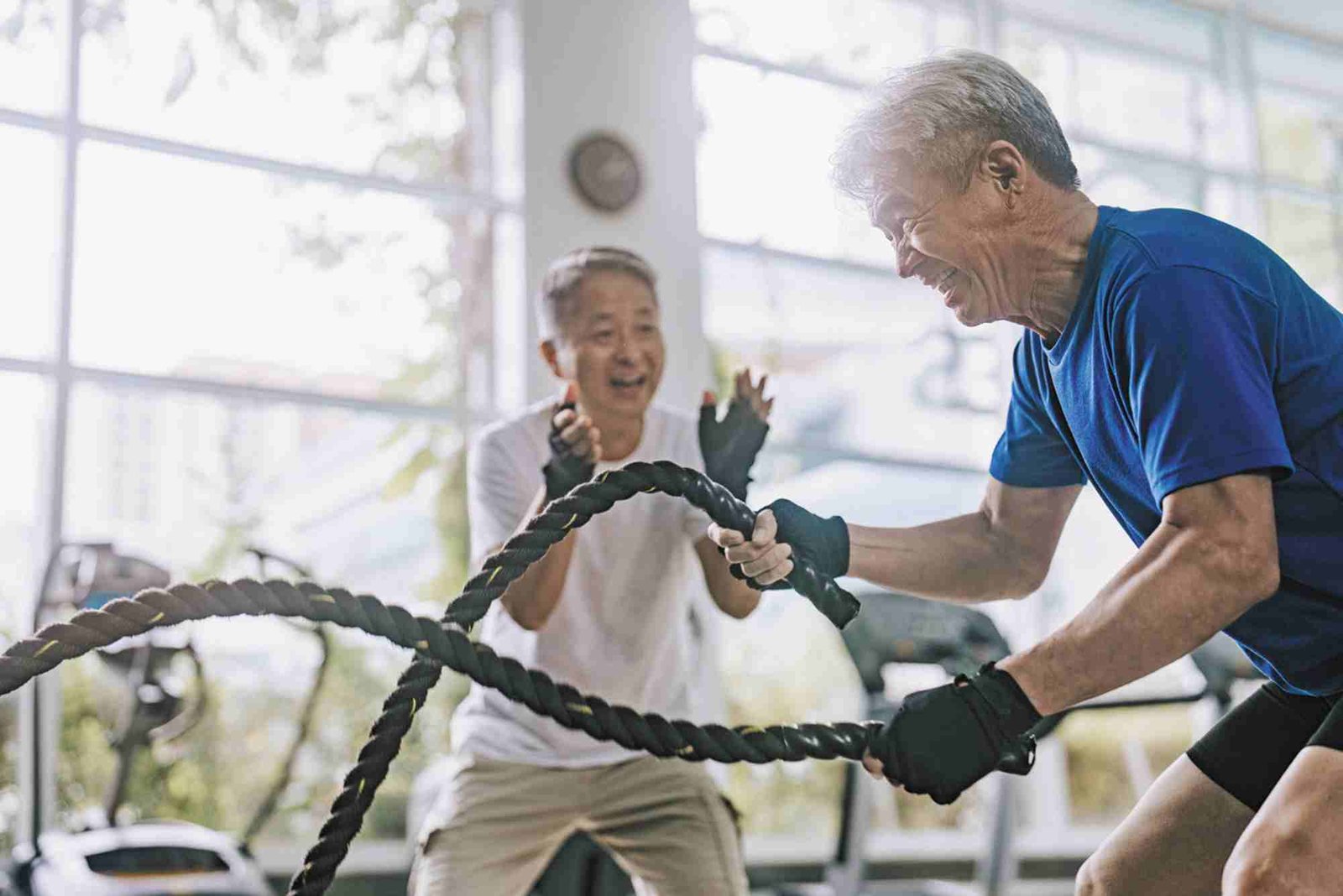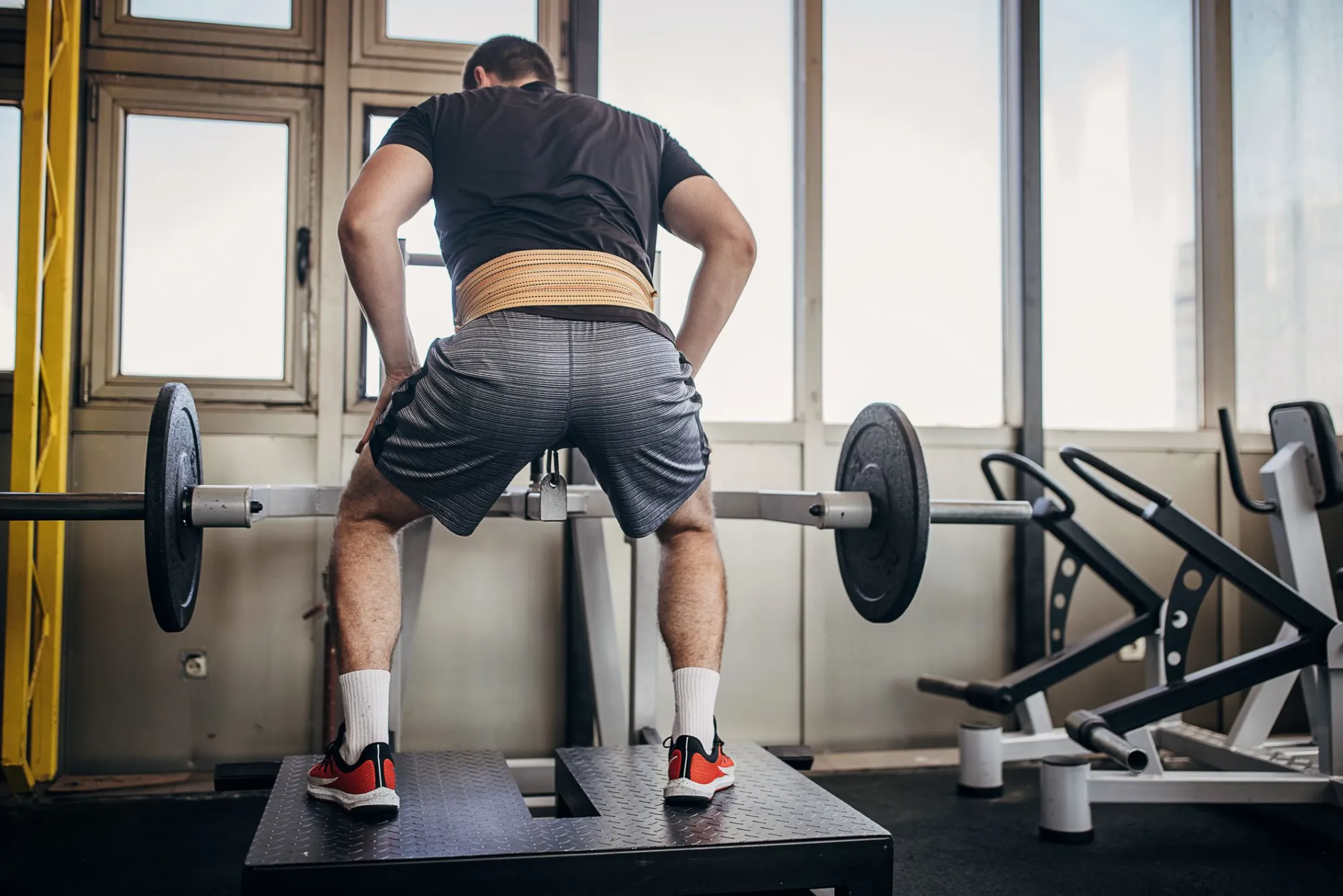Introduction
Starting a new fitness journey can be exciting, but one common question often arises: how long should you wait after eating to exercise? For beginners, finding the right balance between fueling your body and avoiding discomfort is essential. Exercising too soon after a meal can lead to cramps, bloating, or nausea, while waiting too long can make you feel weak or dizzy. Understanding the ideal waiting time and the science behind it helps you perform your workouts effectively and safely.
This comprehensive guide explores everything beginners need to know about timing their meals before exercise. You’ll learn the best wait times based on meal size, food types, and workout intensity. Whether you’re planning a morning jog, yoga session, or intense gym workout, this article will help you find your perfect rhythm between eating and exercising.
Understanding the Connection Between Food and Exercise
Before discussing timing, it’s important to understand why your body reacts differently depending on when you eat before exercise. When you eat, your digestive system works to break down food into nutrients. This process requires energy and blood flow, which shifts away from your muscles toward your stomach and intestines.
If you start exercising too soon after eating, your body faces a conflict — it must support both digestion and muscle activity simultaneously. This can lead to side effects like stomach cramps, acid reflux, or sluggish performance. That’s why beginners should always consider proper timing after eating before starting any physical activity.
The Best How Long Should You Wait After Eating to Exercise for Beginners
The answer isn’t one-size-fits-all, but general guidelines exist based on the type and size of your meal. Here’s how long you should typically wait after eating before exercising:
After a Large Meal
If you’ve eaten a heavy meal with proteins, fats, and carbs — such as pasta, meat, or fried food — wait at least 2 to 3 hours before starting exercise. This gives your stomach enough time to digest and prevents discomfort.
After a Small Meal or Snack
For light meals such as yogurt with fruit or a peanut butter sandwich, wait 30 to 60 minutes before exercising. These foods digest more quickly and provide sustained energy for your workout.
After a Snack or Smoothie
If you had a quick energy boost like a banana, protein shake, or handful of nuts, waiting 15 to 30 minutes is usually sufficient. These foods digest fast and won’t cause much stomach distress.
These time frames are general recommendations, and everyone’s digestion rate varies slightly. Listen to your body — if you feel heavy or uncomfortable, wait a bit longer before working out.
Choosing the Right Foods Before Exercise
Your pre-workout meal should fuel your muscles and maintain stable blood sugar levels. The key is to focus on balance — carbohydrates for energy, protein for muscle repair, and a small amount of healthy fat for endurance.
Here’s a breakdown of what to include before exercising:
-
Carbohydrates: Whole grains, fruits, or vegetables provide the primary source of energy.
-
Protein: Eggs, lean meat, Greek yogurt, or protein shakes support muscle recovery.
-
Healthy Fats: Small portions of nuts, seeds, or avocado help maintain energy levels for longer workouts.
Avoid high-fat or greasy meals, as they take longer to digest and can lead to sluggishness or nausea.
If you’re looking for a detailed guide to how long should you wait after eating to exercise, this article provides more in-depth timing charts and practical examples for different fitness levels.
Factors That Affect Digestion Time
Several factors influence how quickly your body digests food and how soon you can start exercising afterward. Beginners should consider these before planning their workout schedule:
Meal Size and Composition
Large, fatty, or protein-heavy meals take longer to digest than light, carb-based snacks.
Metabolic Rate
Everyone’s metabolism works differently. Those with faster metabolism may digest food more quickly, allowing for shorter wait times.
Type of Exercise
Low-intensity workouts like walking or yoga can usually be done sooner after eating, while high-intensity exercises like running or weightlifting require more digestion time.
Hydration Levels
Drinking plenty of water aids digestion and prevents stomach discomfort. Avoid sugary or carbonated beverages before workouts.
Individual Sensitivity
Some people experience acid reflux or bloating more easily. If that’s you, give your body extra time before starting your routine.
How to Test What Works for You
For beginners, the best approach is to experiment with different eating and exercise schedules. Start by logging what you eat and how you feel during workouts. You’ll soon identify your personal sweet spot between eating and exercising.
For example:
-
If you feel dizzy or lightheaded, you might be exercising too long after eating.
-
If you experience cramps or bloating, you probably started too soon.
Gradual experimentation helps you find the balance that works best for your digestion, workout style, and energy levels.
Common Mistakes Beginners Make
Many beginners unintentionally sabotage their workouts by ignoring basic sports & fitness basics. Some of the most common mistakes include:
-
Exercising immediately after eating heavy meals.
-
Skipping meals entirely before a workout.
-
Overeating or consuming fatty foods before exercise.
-
Drinking carbonated or sugary drinks right before training.
-
Ignoring hydration needs during digestion and activity.
Avoiding these pitfalls ensures your workout feels smooth, effective, and comfortable.
How to Prepare for Exercise After Eating
Once you’ve eaten and given your body enough time, it’s time to prepare for a safe workout. Following proper warm-up routines and exercise safety guidelines helps reduce the risk of injury and enhances performance.
Warm-Up
Start with gentle movements like walking or stretching. This helps your muscles get ready and improves blood circulation without shocking your system.
Hydrate Smartly
Sip water before and during your workout, but avoid drinking too much at once. Overhydration can cause discomfort, especially if your stomach is still partially digesting food.
Choose the Right Exercise
If you’ve eaten recently, choose lower-intensity exercises such as yoga, cycling, or light cardio. Save strength training or HIIT workouts for when your stomach is fully settled.
Listen to Your Body
If you feel discomfort, pause and rest. Your body communicates clearly — learn to respect its signals.
Ideal Meal Timing for Different Workouts
Different exercises require different pre-workout meal strategies. Here’s what beginners can consider:
-
Cardio Workouts: Eat a light meal with carbs and small protein about 1 to 2 hours before. Examples include oatmeal with fruit or a banana with peanut butter.
-
Strength Training: Have a meal with balanced carbs and proteins around 2 to 3 hours prior. For instance, chicken with rice or a smoothie with oats and protein powder.
-
Yoga or Pilates: Wait about 1 hour after a light meal or snack. Avoid heavy foods that cause bloating.
-
High-Intensity Training (HIIT): Allow at least 2 hours after a balanced meal for full digestion.
Adjust timing based on your personal comfort and the type of workout you plan to do.
The Role of Post-Workout Meals
Eating after exercise is just as important as pre-workout nutrition. Your body needs nutrients to recover, rebuild muscle, and replenish glycogen stores.
Within 30 to 60 minutes after finishing your workout, aim to eat:
-
Carbohydrates to replace energy stores.
-
Protein to rebuild muscle tissue.
-
Fluids to rehydrate and restore electrolytes.
Good options include a protein shake with banana, grilled chicken with vegetables, or Greek yogurt with honey and berries.
Frequently Asked Questions
What happens if I exercise right after eating?
Exercising too soon after eating can lead to cramps, bloating, and reduced performance due to incomplete digestion.
Is it okay to walk after eating?
Yes. Light walking 10–15 minutes after a meal helps with digestion and prevents bloating.
How long should I wait to exercise after eating breakfast?
For a light breakfast, wait about 30 to 60 minutes. For heavier breakfasts, wait 2 hours before your workout.
Can I drink water before exercising after eating?
Yes, hydration is essential. Just avoid drinking excessive amounts to prevent stomach discomfort.
What’s the best pre-workout snack for beginners?
A banana with almond butter, yogurt with berries, or a protein smoothie are great quick energy options.
Understanding the best how long should you wait after eating to exercise for beginners helps you build a sustainable and effective fitness routine. The key is balance — fueling your body without overwhelming your digestive system. Generally, wait 2 to 3 hours after large meals or 30 to 60 minutes after snacks before exercising. Choose light, energy-boosting foods, stay hydrated, and always listen to your body’s signals.
If you’re new to fitness, following basic exercise safety guidelines and exploring sports & fitness basics will make your journey easier, safer, and more enjoyable.
Now that you know the ideal timing, it’s time to take action. Start adjusting your meal and workout schedule today — your body will thank you for it. For more insights and expert advice, check out the complete guide to how long should you wait after eating to exercise.




